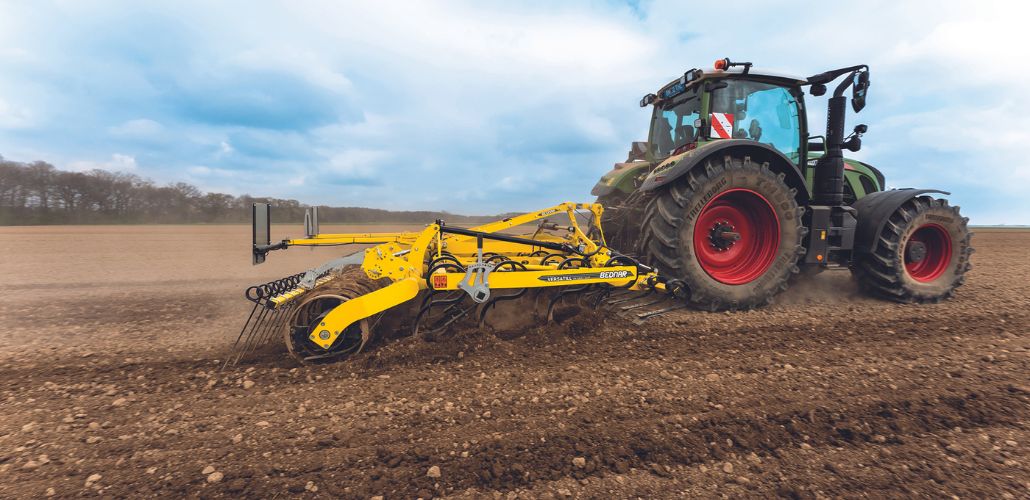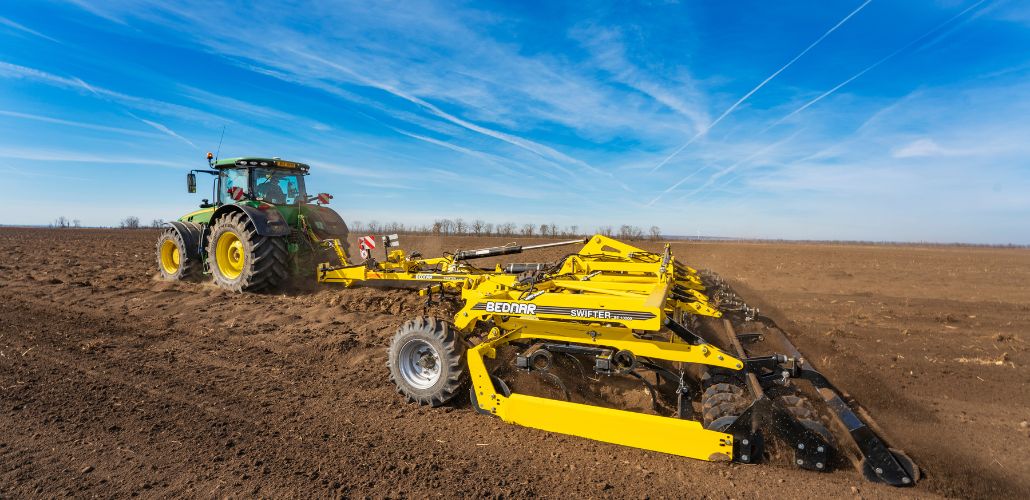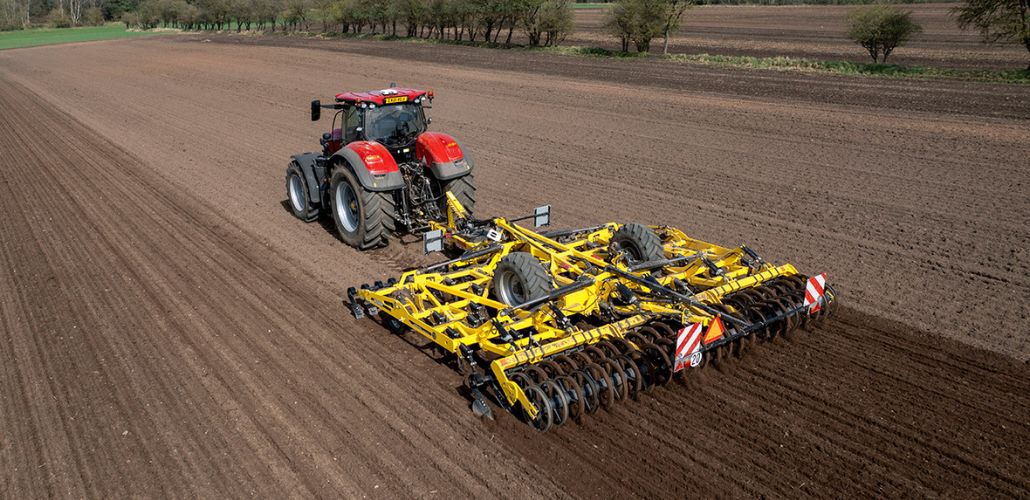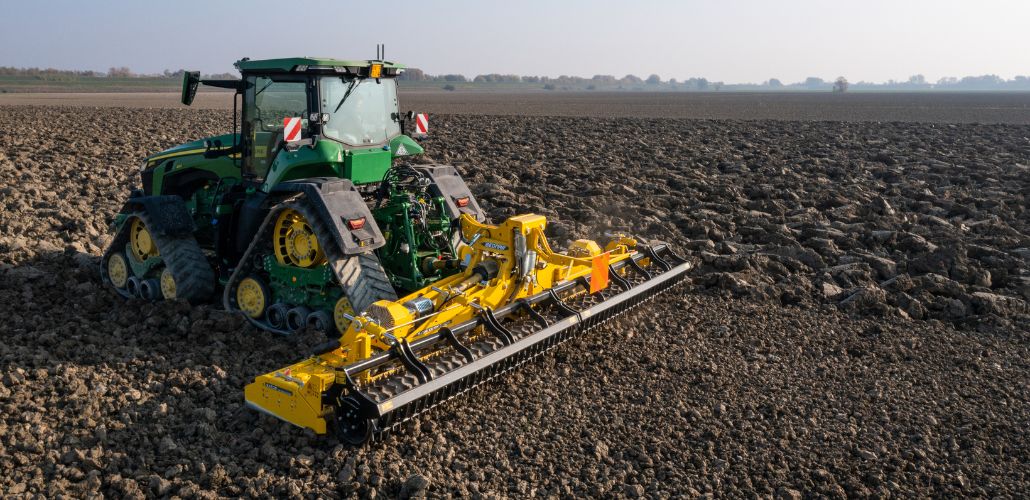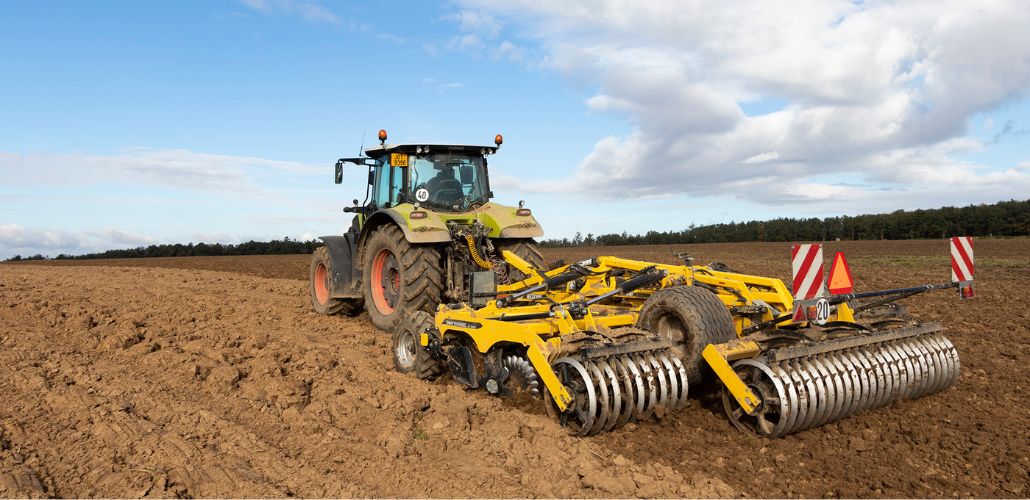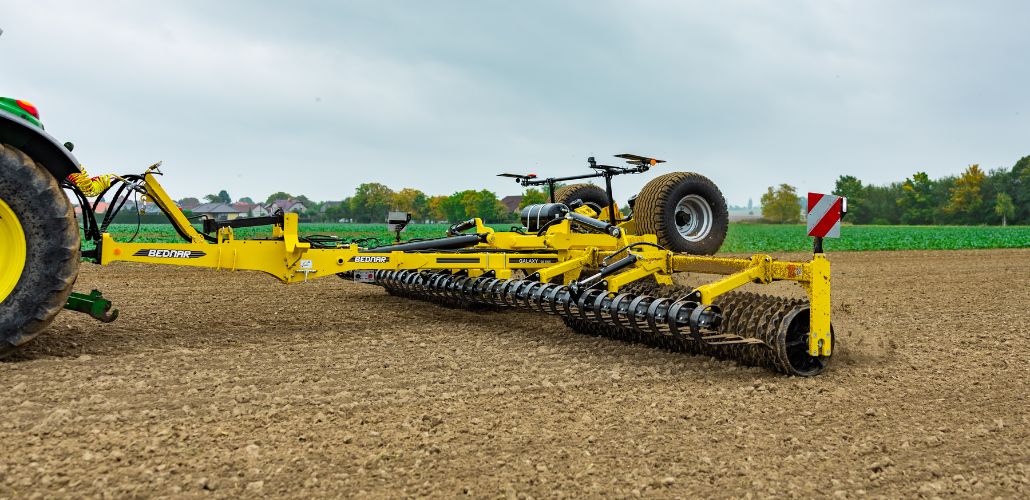Maintaining seed moisture is critical for optimal germination. Seeds that are subject to repeating wetting and drying cycles are less likely to germinate. The enzymes involved in breaking down the endosperm are limited and have a short life span. After a couple of wet and dry cycles the seed will simply run out of active enzymes and die. Seeds that have good contact with soil are less likely to experience widely fluctuating wet and dry cycles because the soil transfers water efficiently to the germinating seed allowing to grow roots into the deeper soil moisture.
Proper seedbed preparation provides for seed-to-soil contact by creating the ideal soil firmness. When soil is too loose, air in the soil increases the number of wetting and drying cycles in the soil. In contrast, when the seedbed is too firm, the pores are compressed. That feature reduces water drainage efficiency and oxygen or carbon dioxide exchange. Optimal reconsolidation provides good seed-soil contact so the seed is supplied with water through capillary transport whilst leaving enough large pores for gas exchange. A regular consolidation over the field will also provide a regular crop emergence that is important for the next growth stages.
Excellent soil tilth means proper pore, good soil aggregate size and distribution in the seed zone and improved seed-to-soil contact for faster germination and more uniform crop emergence. Furthermore, a uniformly firm seedbed allows for proper seeding depth.
However, the timing and intensity of seedbed preparation is crucial in order not to cause undesired loss of soil moisture in upper layers and excess breakdown of soil aggregates, thus dislodging soil particles that can infiltrate and block soil pores. Stable soil aggregates on the field surface also contribute to erosion protection and prevent land degradation.
There are several approaches that can be used in achieving a good seedbed preparation. A choice of the seedbed preparation technique depends on several factors: previous crop, management of crop residue, soil type, climate and subsequent crop and drilling method.
Seedbed preparation is essential in conventional tillage systems, especially moldboard plow tillage systems, but also in conservational methods based on wide range of interventions using conservation implements such as disc harrows, chisel plows or combination cultivators.
 BEDNAR FMT
BEDNAR FMT